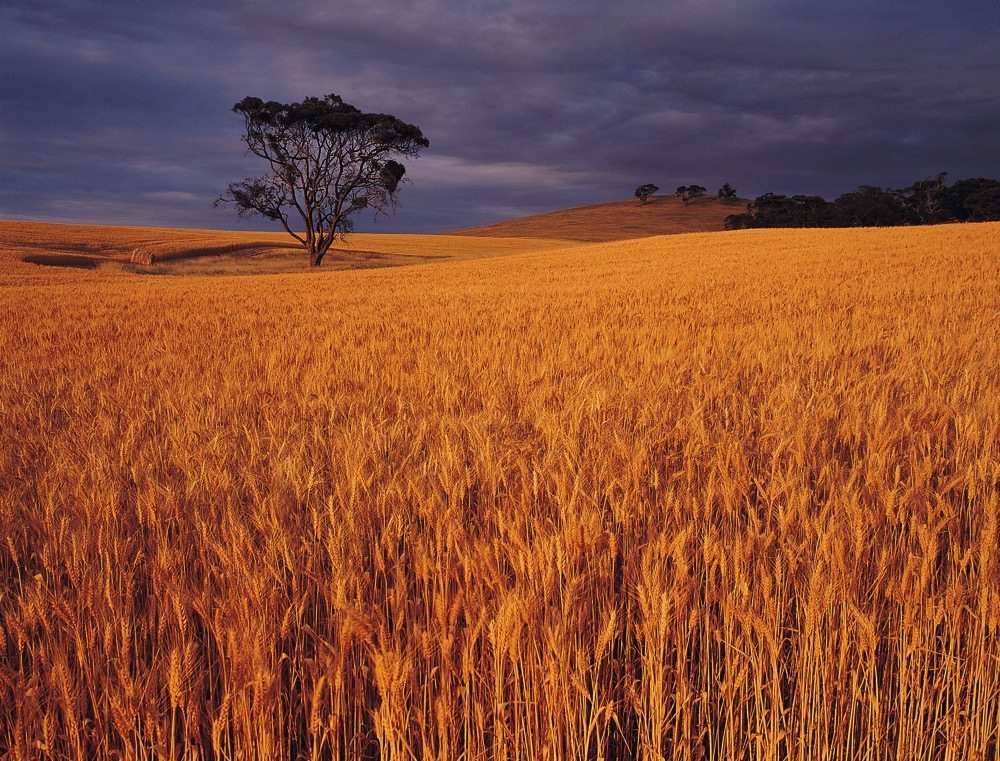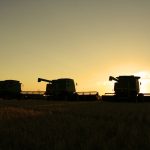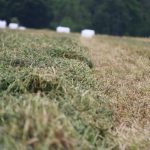MarketsFarm — Saskatchewan’s harvest progressed during the week of Sept. 20-26 despite variable weather conditions across the province, according to Saskatchewan’s weekly crop report released on Sept. 29.
As of Sept. 26, 81 per cent of the province’s harvest was complete, up eight percentage points from the previous week and six points ahead of the five-year average. The harvest is most advanced in the southwest and west-central regions, which are 98 and 97 per cent complete respectively.
The winter wheat and fall rye harvests are complete with lentils (99 per cent), peas (99 per cent), barley (96 per cent), durum (96 per cent), mustard (94 per cent) and chickpeas (94 per cent) not far behind. The spring wheat harvest is at 83 per cent, while oats are at 76 per cent and canaryseed is at 70 per cent. The soybean harvest is at 52 per cent while flax is at 48 per cent.
Read Also

USDA predicts more wheat in Australia, smaller crops elsewhere
Australia will grow more wheat in 2025/26 than earlier expectations, but production will likely be down on the year in Turkey and Kazakhstan, according to several attaché reports released by the United States Department of Agriculture on Nov. 20, as it continues to catch up following the federal government shutdown.
Canola is 66 per cent harvested with an additional 26 per cent ready to be swathed or straight-cut. Canola growers in the eastern and northern parts of Saskatchewan are waiting for canola stems to dry down or for warm, windy days to lower the grains’ moisture content.
Small amounts of rainfall were reported during the week, ranging from trace amounts to 35 millimetres. Cropland topsoil moisture is rated at one per cent surplus, 34 per cent adequate, 35 per cent short and 30 per cent very short. Hay and pasture land topsoil moisture is rated at one per cent surplus, 27 per cent adequate, 39 per cent short and 33 per cent very short.
Moderate to severe on-site water shortages have been reported in some areas and producers are hauling water, bringing livestock closer to home or are drilling new wells to replace depleted or unsafe water sources.
Wind, waterfowl and wildlife were the main culprits behind crop damage during the week. Frost would be helpful for producers as it can kill off green growth and reduce herbicide applications.
Producers are busy combining, hauling grain, hauling bales, moving cattle and starting other fall field work, such as post-harvest weed control and harrowing. An extreme lack of soil moisture is preventing the planting of winter cereals and the application of fall fertilizers.















